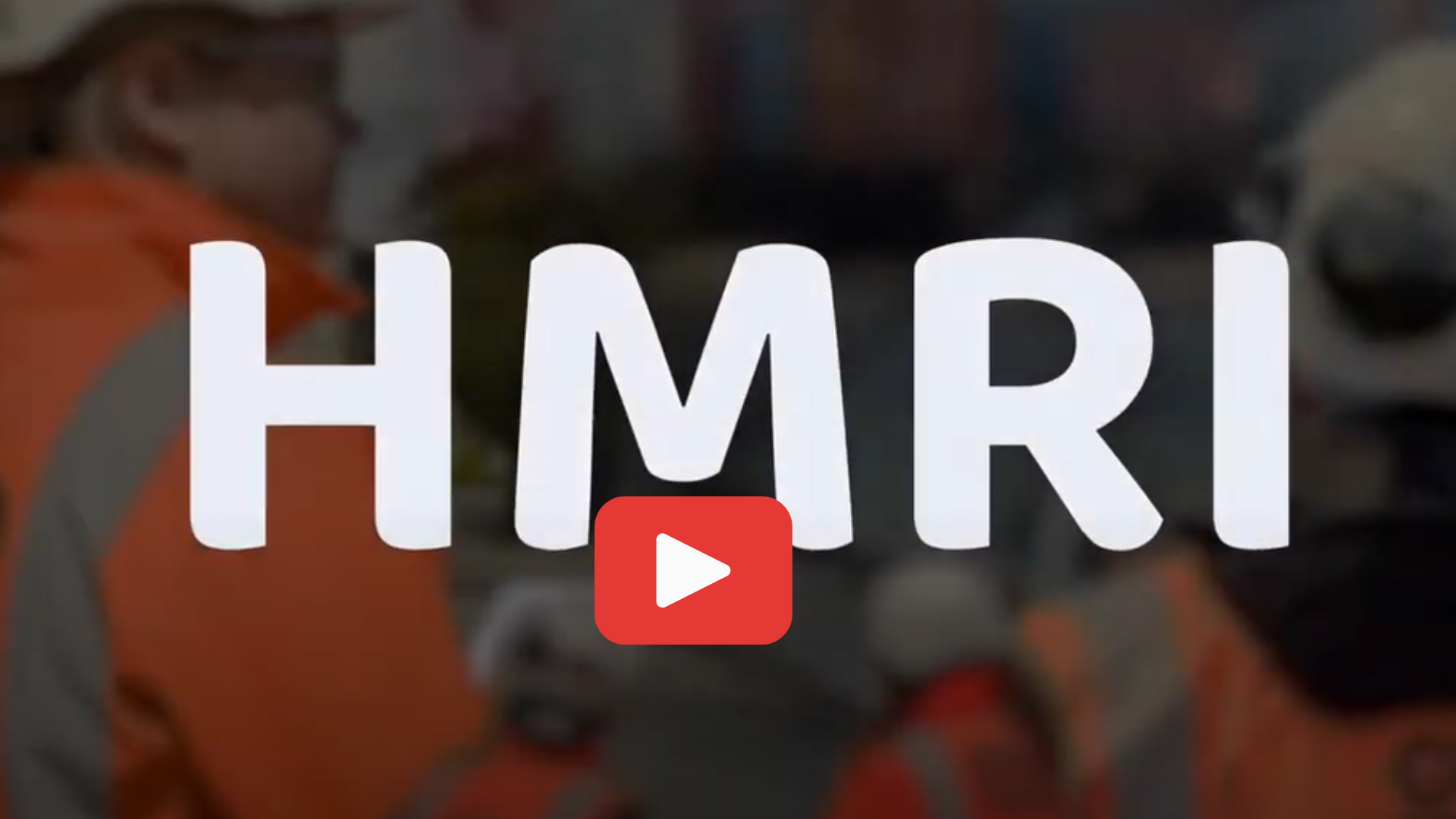
Watch the story of HMRI video on YouTube.
We begin in 1812, where engineers John Blenkinsop and Matthew Murray designed the very first commercially successful steam locomotive, the Salamanca. The first commercial passenger service commenced on 15 September 1830, with the opening of the Liverpool and Manchester Railway.
It was there that William Huskisson, a British statesman and Member of Parliament, fell onto the tracks, suffering a serious leg injury and later passing away in the night. An inquiry looking into what happened hoped to prevent such a tragedy from occurring again. And from then on, the railway industry grew and adapted, turning tragedy into foresight.
The first inspecting officers
The boom of the commercial railway industry didn't go unrecognised by the Government, who needed to keep a close eye on the safety of its railways and rolling stock. Thus, the first inspecting officers were brought in under the Railway Regulation Act, published on 10 August 1840. It's through these new inspection powers and a series of tragic rail accidents that the British railway system has been kept safe ever since.
In June 1889, the Armagh disaster killed 80 people and injured 260. The subsequent inquiry led to legislation and a new requirement for continuous and automatic brakes on trains, which we see today in the form of a failsafe brakes on system.
In May 1915, the Quintinshill disaster, the worst rail crash in the UK's history, killed over 200 people. The inquiry from this led to widespread track circuiting interlocked with signals, fire resistant coach builds and a switch from gas to electrical lighting.
Introducing new systems
In October 1952, the Harrow and Wealdstone disaster killed 112 people when a driver passed a caution signal and two danger signals before colliding with a local train. The incident led to the introduction of automatic warning systems.
In 1987, a fire at King's Cross underground station killed 31 people, resulting in fundamental changes to the safety design of all underground stations in Great Britain.
More recently, in 1999, the Ladbroke Grove crash killed 31 people. The inquiry led to a legal requirement for an automatic train protection system that we now know as TPWS.
Anticipating issues to make a safer railway system
It's through this very difficult history of train accidents that the railway industry has had to learn and adapt from tragedy, and only proper legislation has helped to move the industry towards anticipating issues rather than leading with hindsight.
And that's where the HMRI comes in, providing effective inspection and scrutiny which guides legislation and makes for a safer, more effective railway system across the country.
From the Board of Trade to ORR
The Inspectorate originally lay under the Board of Trade, but then moved on to the Department of Transport before being granted royal status as Her Majesty's Rail Inspectorate in 1990. It was then transferred over to the Health and Safety Executive. The Lord Cullen Inquiry of 2000, which looked into the Ladbroke Grove crash, identified serious railway resourcing failings in the Health and Safety Executive post-privatisation, so the next five years saw an increase of nearly 300% in its inspector fleet from 30 to 100 inspectors.
In 2005, HMRI reconfigured to implement ROGS - that's Railways and Other Guided Transport Systems - in line with the EU Railway Safety Directive. Then the following year, it merged with ORR and in 2009, HMRI officially became the ORR Railway Safety Directorate.
Our powers
So what powers do the ORR have after the merger? There's a few. They can exercise powers of entry to a premises for health and safety purposes, serve an improvement notice, serve a prohibition notice, issue a simple caution and institute legal proceedings in the courts.
There are also further powers of enforcement, which inspectors can invoke from outside of the HSW Act on an agency basis. It's with these powers that the inspectorate has grown from an initial handful of inspectors in 1840 to a larger more diverse pool of inspectors today. All helping to keep fewer passengers and workers from coming to harm through ongoing work on prevention and intervention.
Like our overhauling of the railway safety laws with the introduction of ROGS in 2006, the implementation of train protection systems to minimise rail accident risk, the creation of the Independent Rail Accident Investigation Branch in 2005, or the prosecution and holding to account of railway duty holders such as London Underground and Network Rail.
ORR's Railway Inspectorate continues to work all of Britain's railways to prevent any repeats of the major rail accidents that littered their early history, and to ensure Britain's railway system remains the safest in Europe.

